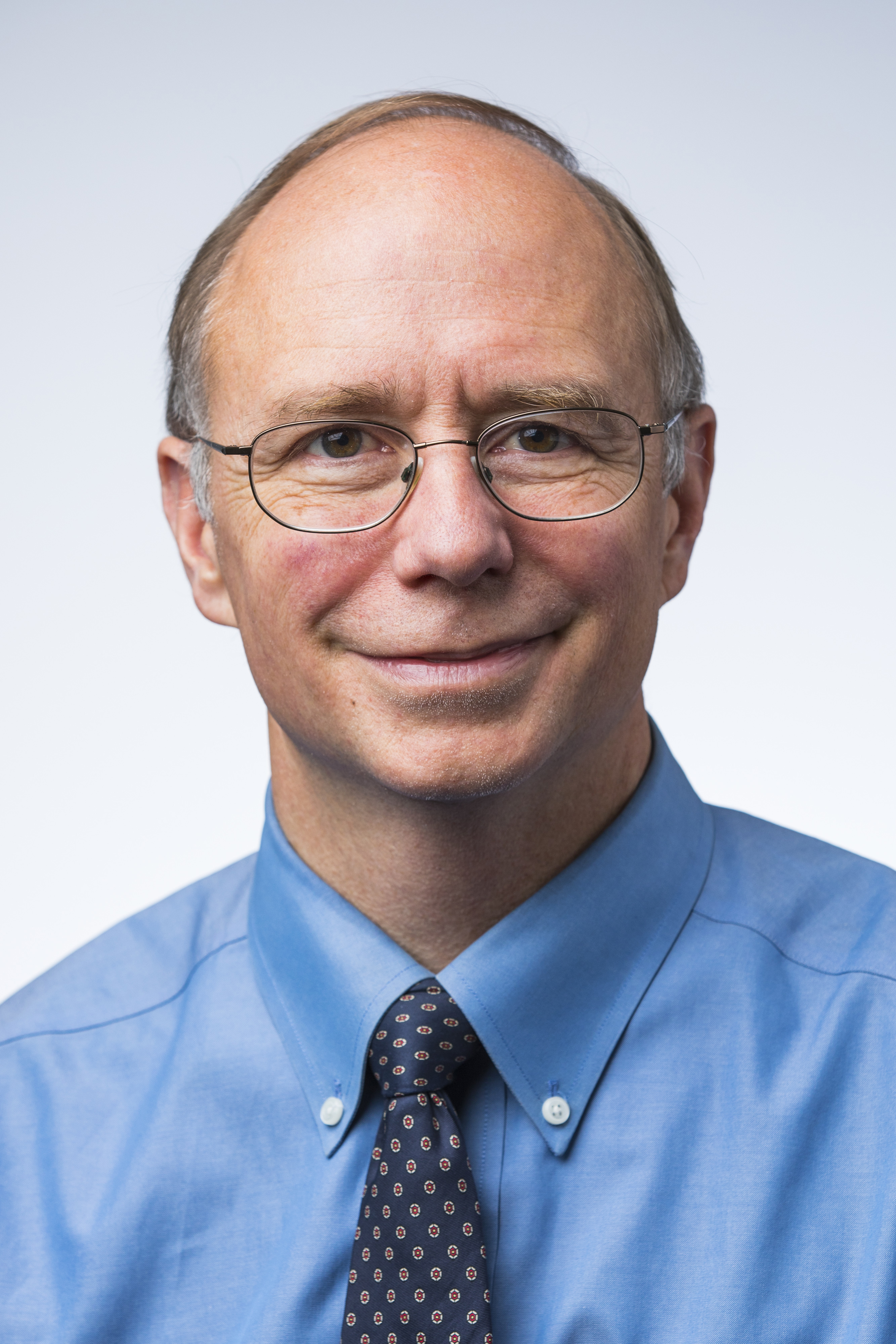
Paul Torcellini has 30 years of experience examining how energy is used in buildings including delivery mechanisms, design, system integration, and operations. His focus is on creating buildings that have minimal environmental impact because of their operations including very low energy buildings and zero energy buildings.
Paul received his undergraduate degree in Mechanical Engineering from Worcester Polytechnic Institute in Worcester, Massachusetts. He received a Master of Science in Mechanical Engineering specializing in heat transfer and modeling of buildings and a Ph.D. in building controls from Purdue University (W. Lafayette, Indiana).
Paul is a 25-year ASHRAE Fellow and has received two ASHRAE Technology Awards for his energy-efficient buildings work and has been a key contributor to the Advanced Energy Design Guide Series, published by ASHRAE as a collaborative effort of AIA, ASHRAE, IES, and USGBC. He has led the technical analysis of several of the guides and has chaired two of the guides including the Advanced Energy Design Guide for K-12 Schools: Achieving Zero Energy (January 2018) and the Advanced Energy Design Guide for Small to Medium Office Buildings: Achieving Zero Energy (June 2019). He has been a speaker on two ASHRAE Webcasts including one focused on Zero Energy Buildings. He is active in TC2.8 (Building Environmental Impacts and Sustainability) and has been involved in several Society level efforts including MTGs, position documents, and Project Monitoring Subcommittees.
Paul has taught at Purdue University, University of Denver, Colorado School of Mines, Youngstown State University, and Eastern Connecticut State University.
Paul and his family live in a zero energy home in northeastern Connecticut and run a sustainable farm focused on soil restoration growing a variety of farm products. (See High Performing Buildings, Spring 2018 for more information on the house.)
Many organizations have made goals to decarbonize leaving design teams to implement these goals on behalf of their clients. This leads to many questions including how to electrify, how to set energy targets, how to align solar resources to better match building loads, how to incorporate electric vehicles, how to make a shift make sense from a business sense among others. This lecture will give examples of companies making such goals and the creation of action plans to strive towards hitting corporate sustainability and decarbonization goals. The lecture will provide strategies to achieve the goals as well as map out what is still needed to make decarbonized buildings routine.
Learning Objectives:
1. Describe a process for creating a decarbonized building.
2. Understand how building interact with the building grid and can help guide more renewable energy on the grid.
3. Investigate how to prioritize buildings in a portfolio to meet a portfolio level carbon goal.
4. Apply design concepts to creating buildings that meet EUI goals and can shape the demand profile to reduce carbon impacts.
The Advanced Energy Design Gide for Zero Energy Multifamily Buildings is the latest in the zero energy design series. This lecture will focus on setting goals for multifamily and the unique challenges in getting multifamily to zero including discussions on envelope, domestic hot water and the distributed nature of HVAC. It will also cover lighting, plug loads as it applies to the HVAC system to ensure that the multifamily can be built to the zero energy target. How-to tips and practical advice will be presented as well as successful zero energy case studies along with energy targets that can be used for guidance or energy targets.
Learning Objectives:
1. Describe a process for creating a zero energy multifamily buildings
2. Apply a set of Energy Use Intensity targets to achieve a zero energy multifamily
3. Provide an overview of the Advanced Energy Design guide for Zero Energy multifamily buildings
4. Describe the interactions between envelope, lighting, plug loads, and HVAC design and the integrated roles that architects and engineers should follow to achieve low-energy design.